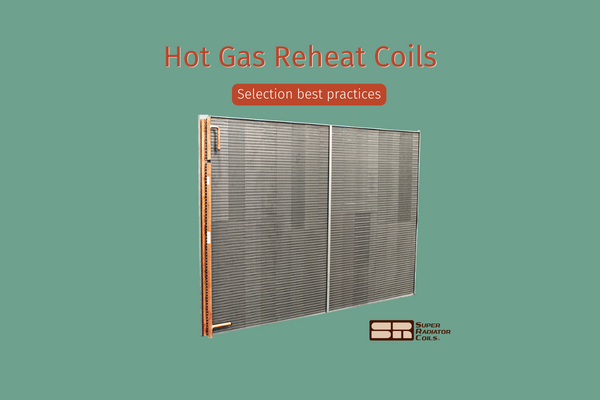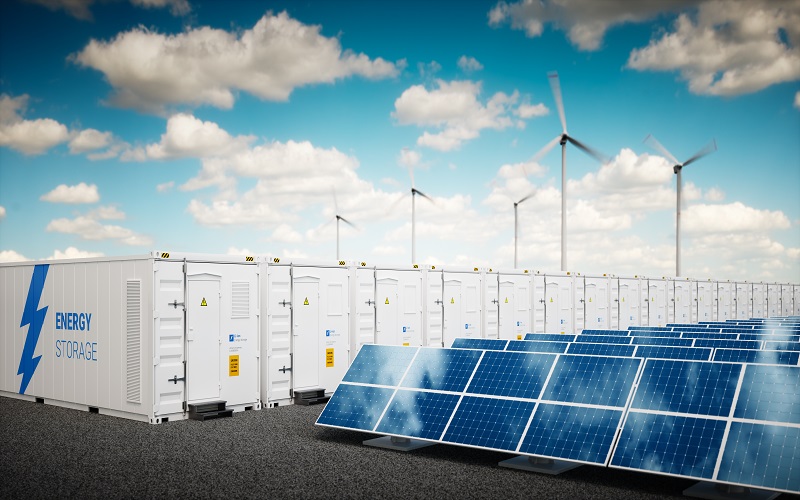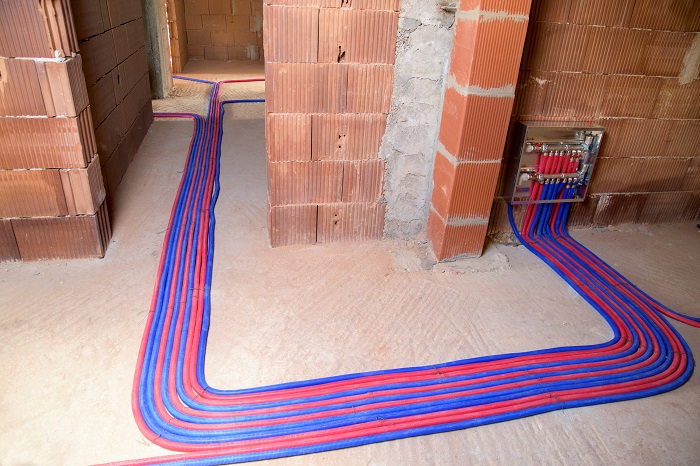In our last article on hot gas reheat coils, we looked at the basic function of hot gas reheat coils and some common methods used to integrate them into a system. In this article, we'll look at some best practices when running hot gas reheat coil selections within Enterprise, SRC's coil selection software. For this exercise, we used a theoretical hot gas reheat coil to explain the coil selection process for hot gas reheat coils using the hot gas and parallel condensing methods.
Because of its rarity and the likelihood that the performance requirement can be met using one of the other configurations, we have not included selection best practices for the warm liquid method. But, if you find yourself working on an application that may be well suited for that approach, feel free to contact us directly and we’d be happy to take a look.







